 For his efforts in planning and conducting the Son Tay Raid, Colonel Arthur D. "Bull" Simons was presented the Distinguished Service Cross by President Richard M. Nixon in a White House Ceremony.
For his efforts in planning and conducting the Son Tay Raid, Colonel Arthur D. "Bull" Simons was presented the Distinguished Service Cross by President Richard M. Nixon in a White House Ceremony.###
The 40-foot trees that surrounded Son Tay were, in actuality, much larger. "One tree", a pilot remembered, "must have been 150 feet tall ... we tore into it like a big lawn mower. There was a tremendous vibration ... and we were down."
Luckily, only one person was injured; a crew chief suffered a broken ankle. Regaining his composure, Special Forces Captain Richard Meadows scurried from the downed aircraft and said in a calm voice through his bullhorn: "We're Americans. Keep your heads down. We're Americans. Get on the floor. We'll be in your cells in a minute." No one answered back, though. The raiders sprung into action immediately. Automatic weapons ripped into the guards. Other NVA, attempting to flee, were cut down as they tried to make their way through the east wall. Fourteen men entered the prison to rescue the POWs. However, to their disappointment, none were found.
As the raiders were neutralizing the compound, Lt. Col. John Allison's helicopter, call sign "Apple-2", with the "Redwine" group aboard, was heading toward Son Tay's south wall. As his door gunners fired their mini-guns on the guard towers, Allison wondered where "Apple-1" was. Code-named "Greenleaf", it was carrying "Bull" Simons. Allison put his HH-3 inside the compound and the Special Forces personnel streamed down the rear ramp. Wasting no time, they blew the utility pole and set up a roadblock about 100 yards from the landing zone (LZ). A heated firefight ensued. Guards were "scurrying like mice" in an attempt to fire on the raiders. In the end, almost 50 NVA guards were killed at Son Tay.
"Apple-1", piloted by Lt.Col. Warner A. Britton, was having troubles of its own. The chopper had veered off the mark and was 450 meters south of the prison and had erroneously landed at the "secondary school." Simons knew it wasn't Son Tay. The structures and terrain were different and, to everyone's horror, it was no "secondary school" - it was a barracks filled with enemy soldiers - 100 of whom were killed in five minutes.
As the chopper left, the raiders opened up with a barrage of automatic weapons. Capt. Udo Walther cut down four enemy soldiers and went from bay to bay riddling their rooms with his CAR-15. Realizing their error, the group radioed "Apple-1" to return and pick up the raiders from their dilemma. Simons, meanwhile, jumped into a trench to await the return of Britton when an NVA leaped into the hole next to him. Terrified, and wearing only his underwear, the Vietnamese froze. Simons pumped six shells from his .357 Magnum handgun into the trooper's chest, killing him instantly.
Britton's chopper quickly returned when he received the radio transmission that Simon's group was in the wrong area. He flew back to Son Tay and deposited the remaining raiders there. Things were beginning to wind down. There was little resistance from the remaining guards.
Meadows radioed to Lt.Col. Elliot P. "Bud" Sydnor, the head of the "Redwine" group on the raid, "Negative items". There were no POWs. The raid was over. Total time elapsed was 27 minutes.
What went wrong? Where were the POWs? It would be later learned that the POWs had been relocated to Dong Hoi, on July 14. Their move was not due to North Vietnam learning of the planned rescue attempt but because of an act of nature. The POWs were moved because the well in the compound had dried up and the nearby Song Con River, where Son Tay was located, had begun to overflow its banks. This flooding problem, not a security leak, resulted in the prisoners being transported to Dong Hoi to a new prison nicknamed "Camp Faith". Murphy's Law - "Whatever can go wrong will go wrong" - had struck again.
Was the raid then a failure? Despite the intelligence failure, the raid was a tactical success. The assault force got to the camp and took their objective. It's true no POWs were rescued, but no friendly lives were lost in the attempt. Furthermore, and more importantly, the raid sent a clear message to the North Vietnam that Americans were outraged at the treatment our POWs were receiving and that we would go to any length to bring our men home. At Dong Hoi, 15 miles to the east of Son Tay, American prisoners woke up to the sound of surface-to-air missles being launched, the prisoners quickly realized that Son Tay was being raided. Although they knew they had missed their ride home, these prisoners now knew for sure that America cared and that attempts were being made to free them. Morale soared. The North Vietnamese got the message. The raid triggered subtle but important changes in their treatment of American POWs. Within days, all of the POWs in the outlying camps had been moved to Hanoi. Men who had spent years by themselves in a cell found themselves sharing a cell with dozens of others. From their point of view the raid was the best thing that could have happened to them short of their freedom. In the final assessment, the raid may not have been a failure after all.
Political cartoonist R.B. Crockett of the Washington Star said it best, and first, the day after the news of the Son Tay raid broke. At the top of the Star's editorial page was a drawing of a bearded, gaunt POW. His ankle chained to a post outside his hutch. He looks up watching the flight of American Helicopters fade into the distance. Below the cartoon is a three word quote: "Thanks for trying".
Brigadier General Leroy J. Manor, Colonel Simons, SFC Adderly, and TSgt Leroy W. Wright were decorated by President Nixon at the White House on November 25, 1970 for their parts in the rescue attempt. The remainder of the raiders were decorated by Secretary of Defense Melvin R. Laird at Fort Bragg, North Carolina on December 9, 1970. Click here for a complete list of awardees.
The Son Tay Raid would not be Colonel Simons last attempt to free prisoners in a foreign country. In early 1979 , after his retirement, Colonel Simons was asked by Ross Perot, then Chairman of EDS, to plan and conduct a rescue operation to free two Electronic Data Systems, Inc (EDS) employees who were taken hostage by the Iranian government. In February 1979, Colonel Simons planning efforts proved successful as he organized a mob in Tehran which stormed Gazre prison where the EDS employees were being held hostage. The two Americans, along with 11,000 Iranian prisoners, were freed. Col. Simons and his party fled 450 miles to Turkey, and were later returned to the United States. Noted author, Ken Follet, wrote a best selling novel, "On Wings of Eagles", (Morrow & Company, 1983) about the rescue. The book was later made into an NBC TV mini series.
Colonel Simons died of heart complications three months later.
If you would like to learn more about the Son Tay Raid I recommend that you visit the Son Tay Association Webpage or read the following: "The Raid" by Benjamin F. Schemmer(Harper & Rowe, 1976); "The Secret Vietnam War: The United States Air Force in Thailand, 19611975", by Jeffrey D.Glasser (McFarland & Company); "Bring our POWs Back Alive," by Dale Andradé, Vietnam Magazine, February 1990; and "SOG - The Secret Wars of American Commandos in Vietnam" by John L. Plaster (Simon & Schuster, 1997).
###Thanks again for sharing this with us, aunt karen!
Isn't she sweet?
"Hey Deely,
I was wondering lately about your “Mushrooms”. I was doing some research and I wonder if they took their name from the Army Son Tay Raiders. I am attaching an article about this mushroom patch. Fascinating! Love ya, Karen"
I was wondering lately about your “Mushrooms”. I was doing some research and I wonder if they took their name from the Army Son Tay Raiders. I am attaching an article about this mushroom patch. Fascinating! Love ya, Karen"
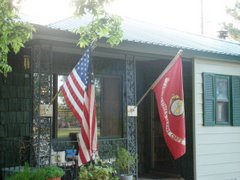
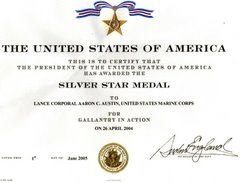
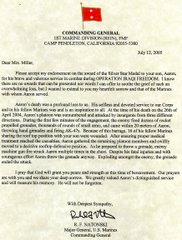
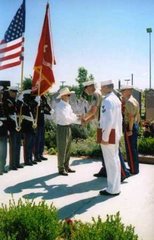


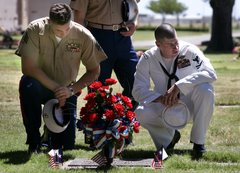

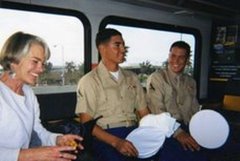

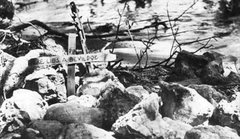


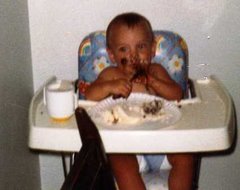

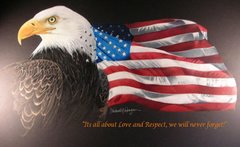
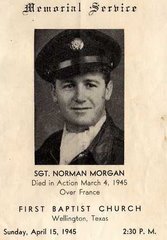
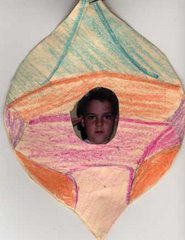

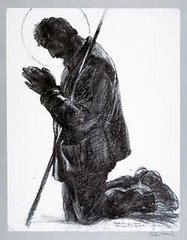
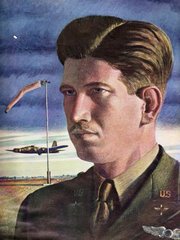
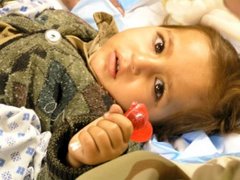
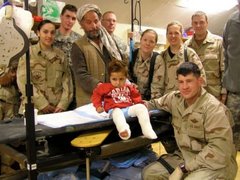
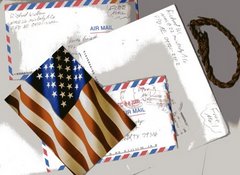

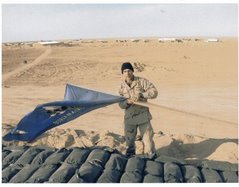


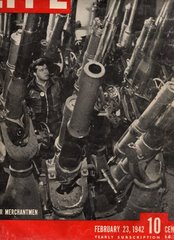
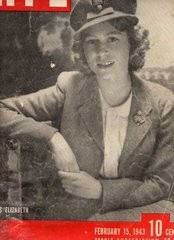

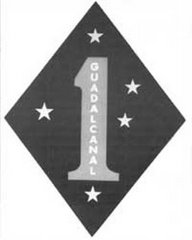
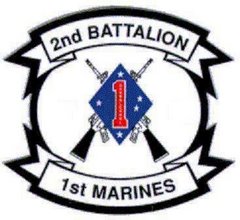


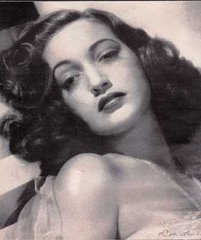

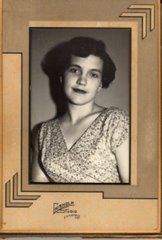

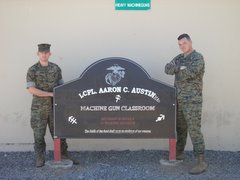

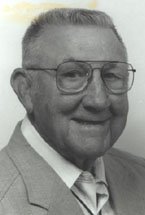

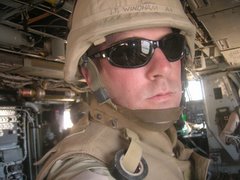
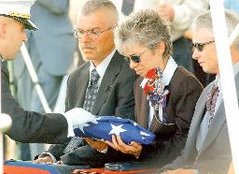


1 comment:
The patch that I was talking about is the Son Tay Raid Air Force Element, worn from November 21, 1970. The patch was worn by Air Force Troops who participated in the raid on the prison camp in North Vietnam. The insription "KITD/FOHS" refers to the fact that the Air Force support elements were not privy to much of the information about the raid; hence, "kept in the dark/fed only horse shit". This statement is also alluded to in the design of a pair of worried eyes peeking out from under a mushrooom.
Take the time to check out this cool patch.
Post a Comment